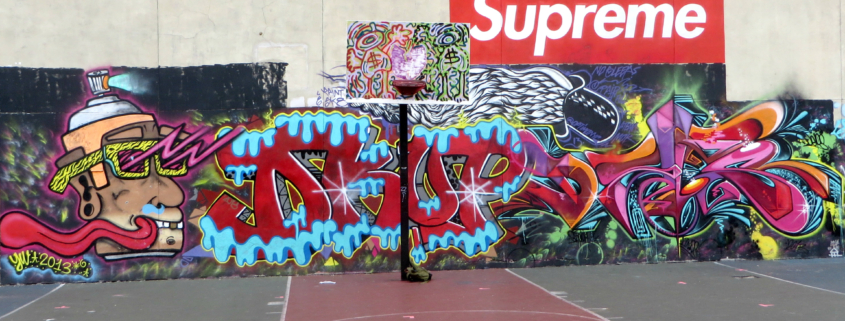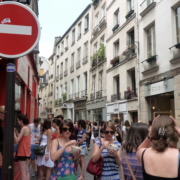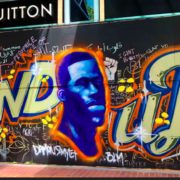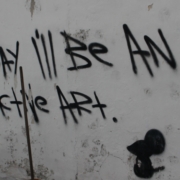Street Culture is more than streetwear
Surf the world wide web, or skim social media, and you might notice that the label, term and concept “street culture” is primarily associated with clothing – sneakers, baseball caps, or t-shirts – produced by existing, emerging, or brand new streetwear companies (e.g., BAPE, Stüssy, Supreme, etc.).
Although a definition of street culture is rarely advanced, we can probably take it to mean the “beliefs, dispositions, ideologies, informal rules, practices, styles, symbols, and values associated with, adopted by, and engaged in by individuals and organizations that spend a disproportionate amount of time on the street of large urban centers” (Ross, 2021, p. 2)
Pairing the street culture concept with streetwear is a savvy marketing technique and if it ends up calling attention to and generates more sales of the products that streetwear companies design, manufacture, and sell then from a commercial point of view it has served an important purpose.
Associating street culture with streetwear might also draw some additional attention to commodities and practices that have their origins on the street, such as graffiti and street art, different types of street food, and music (e.g., rap, hip hop, etc.), and the more negative kinds of things like street crime, etc. but in the fast paced, highly commercialized world of streetwear this additional connection is rarely made.
Unfortunately the coupling of the street culture concept with streetwear frequently reinforces a narrow and perhaps skewed idea of what street culture is all about.
Street culture, while having a connection with streetwear, is a much broader concept than what the average streetwear purchaser and aficionado of this type of clothing has come to understand. In short street culture includes a larger and more diverse collection of things, people, places, and concepts.
Street culture includes a range of human activities; some pleasant (i.e., walking, running, shopping, selling, purchasing, etc.) and others not so pleasant (i.e., urban incivilities, committing crimes, being a victim of crime, etc.) that take place on the streets, the diversity of people who occupy this informal public space (e.g., from shopkeepers to police, pedestrians, to homeless people), and the methods by which these individuals interact with each other and the built environment or public space.
More importantly, street culture typically undergirds and frames our relationships on the streets, the way we interact with people in these unique environments versus in other types of settings such as school, work, and family life. Understanding and respecting street culture may for some people be the difference between life and death.
Most streetwear brands, despite some of their crafty rhetoric and visual statements, are not trying to draw the public’s attention to street culture nor care if consumers understand the dynamics of what goes on in the streets, especially the interactions that take place among people, young and old people, people of different ethnic, racial and genders, etc. This is not their job.
But before you can walk away from your latest purchase of an article of clothing or accessory from a streetwear brand, also understand you are only getting one small part of the larger picture. Maybe as a consumer you don’t want to be bothered by the larger details and cultural context of the items you purchase. But it exits and an increasing amount of popular and scholarly literature in the fields of urban sociology, anthropology, and criminology deal in whole or in part with street culture. The latter is free for the taking. And in most cases this information, unlike streetwear, is publicly available and free for taking. All you need to do is educate yourself about it.
Photo Credit
Photographer: Eden, Janine and Jim
Title Supreme
(Photographer Robert J Stevens gives the credit for this piece as “YOUTHWASTE x DKUP x OPTIMO x DEPSONE x SUPREMENYC X LAROC.” I can see the DKUP part….)












